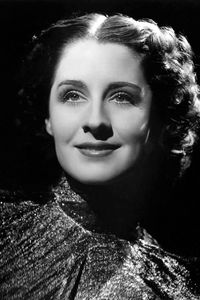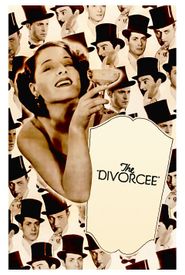Norma Shearer, the renowned actress, began her career at the tender age of fourteen when she won a beauty contest. In 1920, her mother, Edith Shearer, along with Norma and her sister Athole Shearer, relocated to New York. Initially, Florenz Ziegfeld rejected her for his iconic "Follies," but she managed to secure work as an extra in several films.
Despite her early struggles, Norma's persistence paid off when Irving Thalberg, who had witnessed her early acting endeavors, offered her a five-year contract. However, her marriage to Thalberg led to her desire to take on more substantial roles, which eventually led to her firing the director Viktor Tourjansky in 1927 due to his uncertainty regarding her cross-eyed stare.
Norma's first talkie was in The Trial of Mary Dugan (1929),and she went on to win an Academy Award for her role in The Divorcee (1930). She intentionally reduced her film exposure during the 1930s, focusing on major roles in Thalberg's prestige projects, including The Barretts of Wimpole Street (1934) and Romeo and Juliet (1936),for which she received her fifth Oscar nomination.
Tragedy struck when Thalberg passed away in September 1936 at the age of 37 due to a second heart attack. Norma was forced into a six-picture contract by MGM, but she longed to retire. David O. Selznick offered her the iconic role of Scarlett O'Hara in Gone with the Wind (1939),but public objections to her cross-eyed stare ultimately led to the deal falling through.
Norma went on to star in The Women (1939) and turned down the leading role in Mrs. Miniver (1942) before retiring from the film industry in 1942. She married Sun Valley ski instructor Martin Arrouge, eleven years her junior, later that year, and waived community property rights. Norma shunned the limelight for the remainder of her life, struggling with poor health during the last decade of her life.




























































